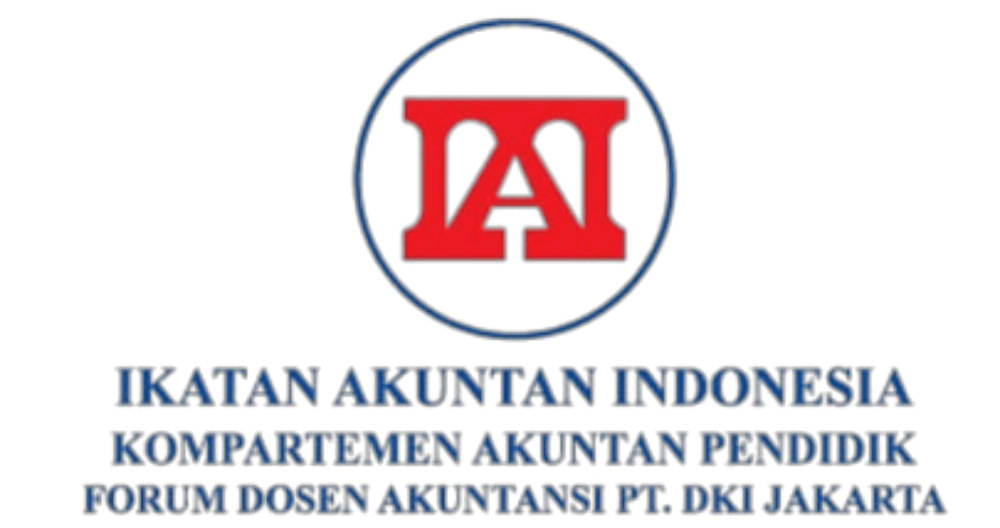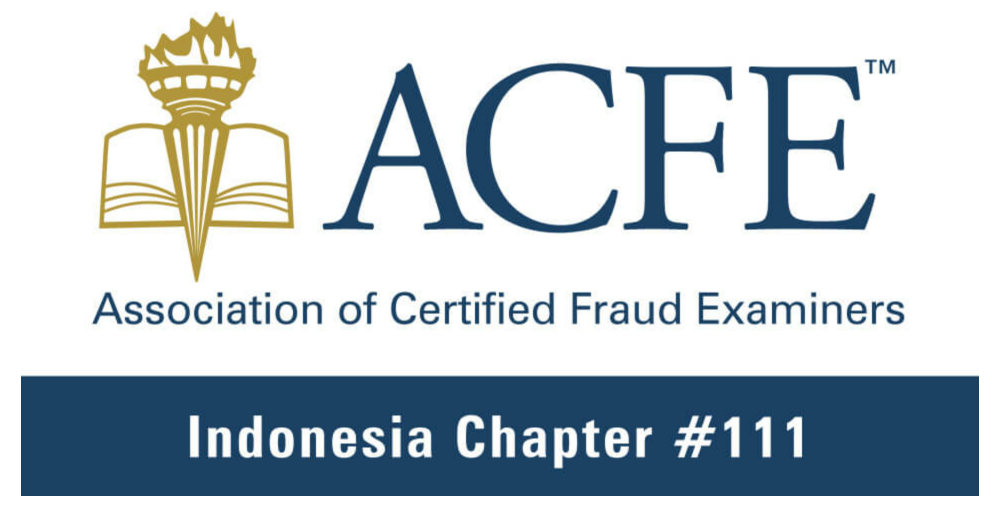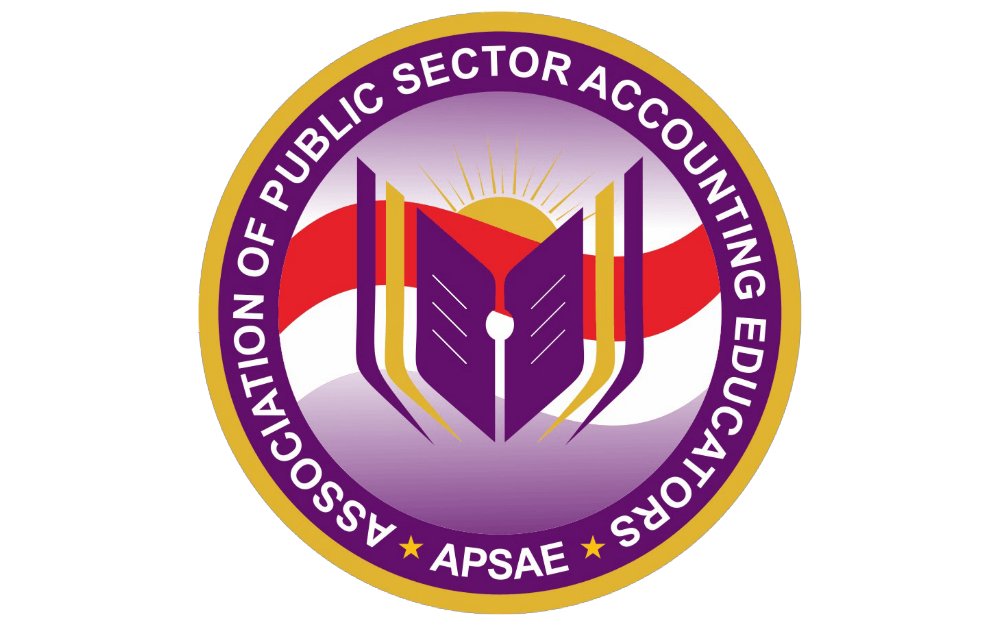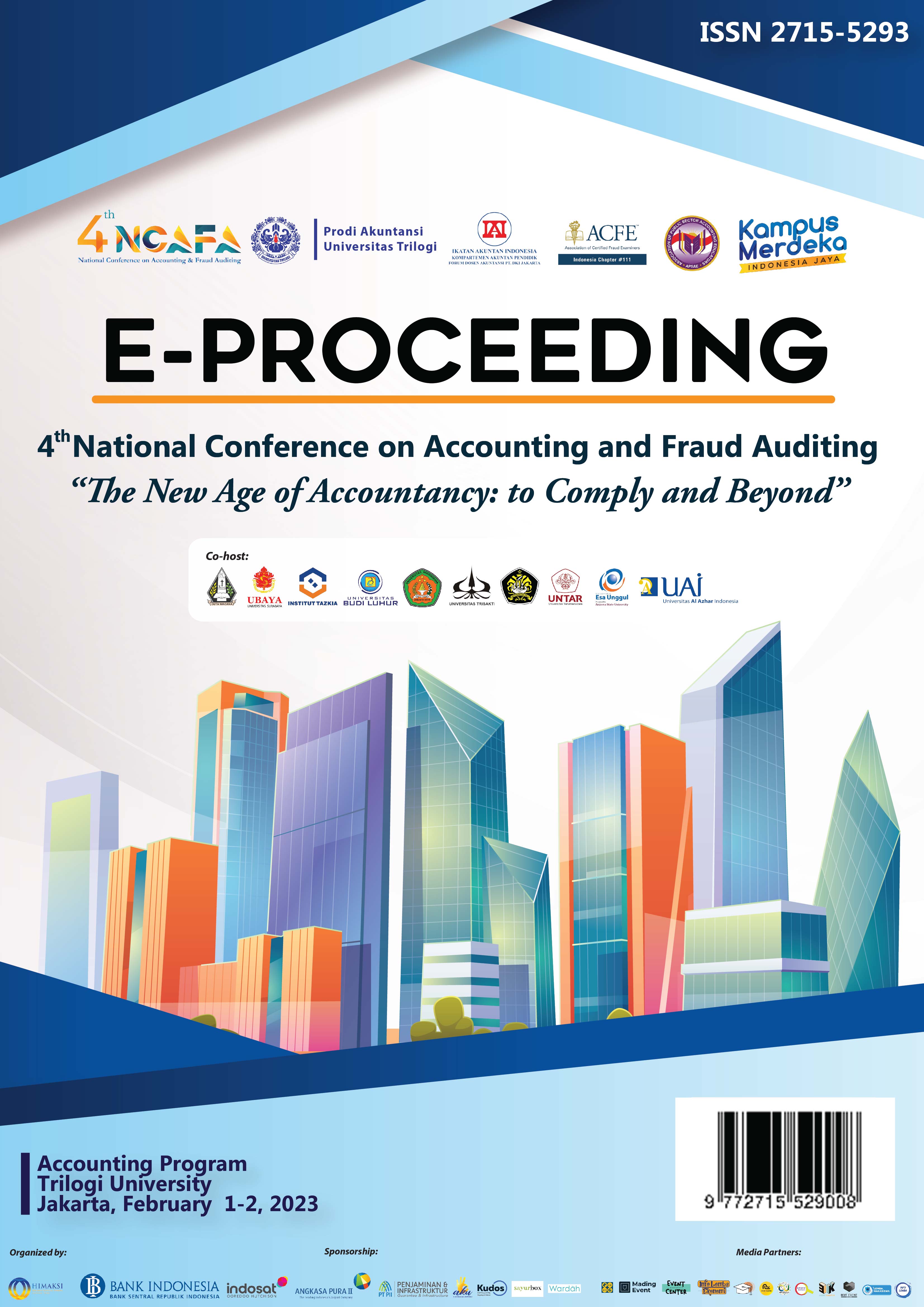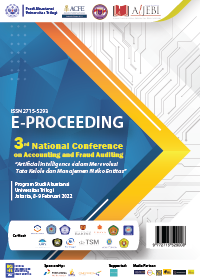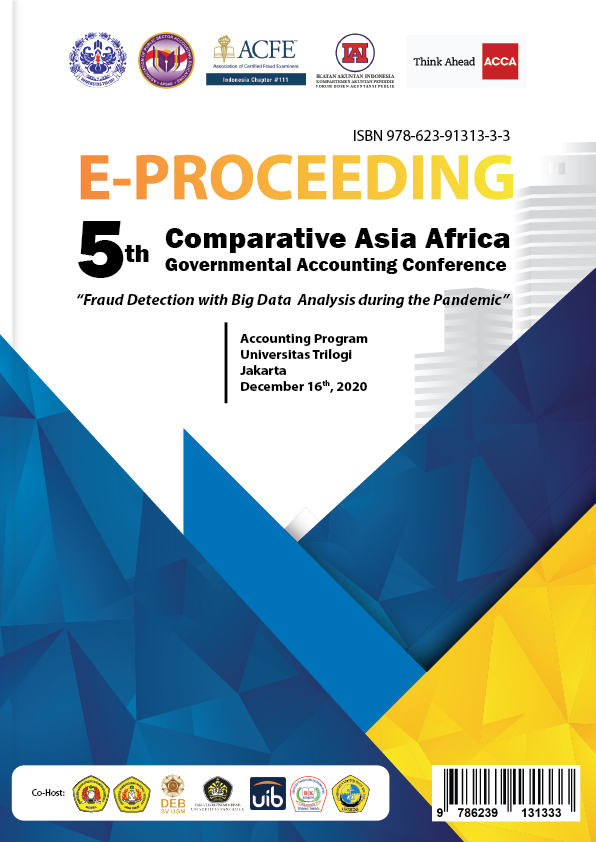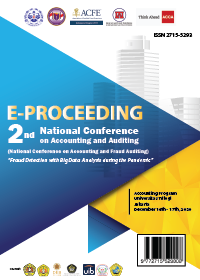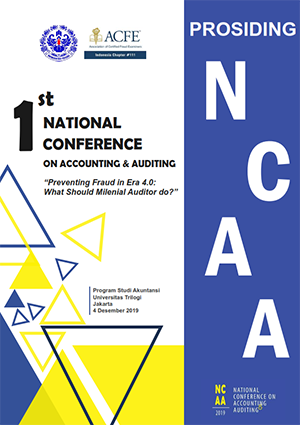Pengukuran Kinerja Manajemen Rantai Pasokan Dalam Industri Kecantikan (B) Menggunakan Model SCOR
Abstract
In facing the complex dynamics of the beauty industry, this research aims to explore and measure the performance of supply chain management in the beauty industry, which exhibits high demand fluctuations, rapid product variations, and dynamic beauty trends. In this study, there is a conceptual framework that encompasses key aspects of supply chain management for beauty salons. Drawing from successful concepts in other sectors, referencing Prasadja Ricardianto et al.'s (2022) research on the implementation of the Supply Chain Operations Reference model in the oil and gas industry, and Javid Moosavi et al.'s (2022) study highlighting the impact of the COVID-19 pandemic on the supply chain. The research methodology involves surveys and data analysis from a number of beauty salons to identify key factors influencing supply chain performance. Performance measurement will include aspects of operational efficiency, responsiveness to changes, and customer satisfaction. The results of this research are expected to provide new insights for salon owners, supply chain managers, and stakeholders in the company. By understanding and improving supply chain management, beauty salons can gain a competitive advantage, maintain operational smoothness, and provide high-quality services to customers in the face of rapid changes in such a dynamic industry.
Keywords: Supply Chain Management, Beauty, Service, Supply Chain Operations Reference.
Full Text:
PDFReferences
Rachmawati, N. A., & Martani, D. (2017). Book-tax conformity level on the relationship between tax reporting aggressiveness and financial reporting aggressiveness. Australasian Accounting, Business and Finance Journal, 11(4), 86-101.
Rachmawati, N. A., & Martani, D. (2014). Pengaruh large positive abnormal book-tax differences terhadap persistensi laba. Jurnal Akuntansi dan Keuangan Indonesia, 11(2), 1.
Rachmawati, N. A., Utama, S., Martani, D., & Wardhani, R. (2019). Determinants of the complementary level of financial and tax aggressiveness: a cross-country study. International Journal of Managerial and Financial Accounting, 11(2), 145-166.
Rachmawati, N. A., Utama, S., Martani, D., & Wardhani, R. (2020). Do country characteristics affect the complementary level of financial and tax aggressiveness?. Asian Academy of Management Journal of Accounting & Finance, 16(1).
Rachmawati, N. A., Gani, L., & Rossieta, H. (2017). Loyalitas nasabah dan kinerja perBankan di indonesia. Jurnal Keuangan dan Perbankan, 21(1), 144-156.
Soraya, L. R., & Rachmawati, N. A. (2021). Determinats Of The Amount Of Related Party Transaction: Tax Expense And Institutional Ownership. Jurnal Reviu Akuntansi Dan Keuangan, 11(1), 30-39.
Rachmawati, N. A., Utama, S., Martani, D., & Wardhani, R. (2023). Complementary level of financial and tax aggressiveness and the impact on cost of debt: A cross-country study. South African Journal of Accounting Research, 37(3), 161-176.
Rachmawati, N. A., Ramayanti, R., & Setiawan, R. (2021). Tingkat Kesadaran dan Kesiapan Pelaku Umkm Dalam Menyusun Laporan Keuangan dan Pajak. Jurnal Akuntansi dan Bisnis, 21(2).
Andriana, Y. F., Ramayanti, R., & Rachmawati, N. A. (2023). Processing Purple Sweet Potato Peel as Alternative Material of Textile and Fashion Products with Circular Economic Principles. Mudra Jurnal Seni Budaya, 38(3), 277-285.
Febrina, F., & Rachmawati, N. A. (2023). Diversity of Book-Tax Conformity in Asean 4: Philippines, Indonesia, Malaysia, and Singapore. Jurnal Akuntansi dan Bisnis, 23(1).
Rachmawati, N. A., Utama, S., & Siregar, S. V. N. P. (2020). Persistensi Laba Antar Level Kompetisi Industri: Studi Empiris pada Perusahaan Amerika Serikat. Jurnal Akuntansi dan Bisnis, 20(1), 1-16.
Ramayanti, R., Rachmawati, N. A., Azhar, Z., & Azman, N. H. N. (2023). Exploring intention and actual use in digital payments: A systematic review and roadmap for future research. Computers in Human Behavior Reports, 100348.
Wahyuni, R. S., & Novita, N. (2021). COSO ERM Framework as the Basis of Strategic Planning in Islamic Banking. Jurnal Keuangan dan Perbankan, 25(1), 21-35.
Zamzami, M., & Novita, N. (2021). Apakah Gemba Kaizen Mampu Meningkatkan Kinerja Nonkeuangan Perguruan Tinggi?. Jurnal Akuntansi Multiparadigma, 12(1), 207-220.
Novita,Novita., & Jannah, Firdatul. (2022), How do fraud diamond and procrastination trigger cheating behavior in online learning during the Covid-19 pandemic?, The Indonesian Accounting Review, 12(2), 231 – 246
Maulidian., Puspitawati, Mutiara Dewi., Novita., Ramayanti, Rizka.,Dahlia, Lely., and Purnengsih,Iis. (2024). Green Entrepreneurship Incubation Model for Students at Trilogy University Business Incubator: A Literature Review. E3S Web of Conferences 483, 01017, 1- 16 https://doi.org/10.1051/e3sconf/202448301017
Sahri, N. A., & Novita. (2019). Kaizen Costing Sebagai Perbaikan Berkelanjutan Untuk Meningkatkan Keunggulan Bersaing Pada E-Commerce. Jurnal Kajian Akuntansi, 3(1), 18–43.
Fitria, S. M., & Novita, N. (2020). Six Sigma Sebagai Strategi Bisnis Dalam Upaya Peningkatan Kualitas Produk. Jati: Jurnal Akuntansi Terapan Indonesia, 3(1), 1- 14. https://doi.org/10.18196/jati.030121
Lastiati, A., Siregar, S. V., & Diyanty, V. (2020). Tax Avoidance and Cost of Debt: Ownership Structure and Corporate Governance. Pertanika Journal of Social Sciences & Humanities, 28(1).
Fambudi, I. N., Aryati, T., Mayangsari, S. (2023). Effect of ESGDisclosure, Accrual Quality, and Asymmetric Information on Future Stock Returns with Prudence as a Moderator. Journal of Southwest Jiaotong University, 58 (5), 497 - 523. https://doi.org/10.35741/issn.0258-2724.58.5.38
Casas, M., Perez, M., Rojas, J., & Alvarez, J. (2020). Strategic planning model to improve competitiveness for service industry SMEs using the balanced scorecard. In Human Interaction and Emerging Technologies: Proceedings of the 1st International Conference on Human Interaction and Emerging Technologies (IHIET 2019), August 22-24, 2019, Nice, France (pp. 1001-1006). Springer International Publishing.
Ayyildiz, E., & Gumus, A. T. (2020). A Novel Spherical Fuzzy AHP-integrated Spherical WASPAS Methodology for Petrol Station Location Selection Problem. A Real Case Study for Istanbul,, 27.
Georgisea, F. B., Wuestb, T., & Thobenc, K.-D. (n.d.). SCOR Model Application in Developing Countries. Challenges & Requirements, 17-32.
Huan, S. H., Wang, G., & Sheoran, S. K. (n.d.). A Review and Analysis of Supply Chain Operations Reference. (SCOR) Model, 23-29.
Moosavi, J., Fathollahi-Fard, A. M., & Dublenets, M. A. (2022). Supply Chain Disruption During The COVID-19 Pandemic : Recognizing Potential Disruption Management Strategies. International Journal of Disaster Risk Reduction, 75.
Ricardianto, P., Barata, F. A., Septi Mardiyani, Setiawan, E. B., Subagyo, H., Saribanon, E., & Endri, E. (2022). Supply Chain Management Evaluation in The Oil and Industry Natural Gas using SCOR Model. Uncertain Supply Chain Management, 10, 797 - 806.
Teixeira, K. C., & Borsato, M. (n.d.). Development of a Model for The Dynamic Formation of Supplier Networks. 15.
Yang, M., Lim, M. K., Qu, Y., Ni, D., & Xiao, Z. (n.d.). Supply Chain Risk Management with Machine Learning technology: A literature review and future research directions. Computers & Industrial Engineering, 175.
DOI: https://doi.org/10.31326/.v5i2.1997
Refbacks
- There are currently no refbacks.

